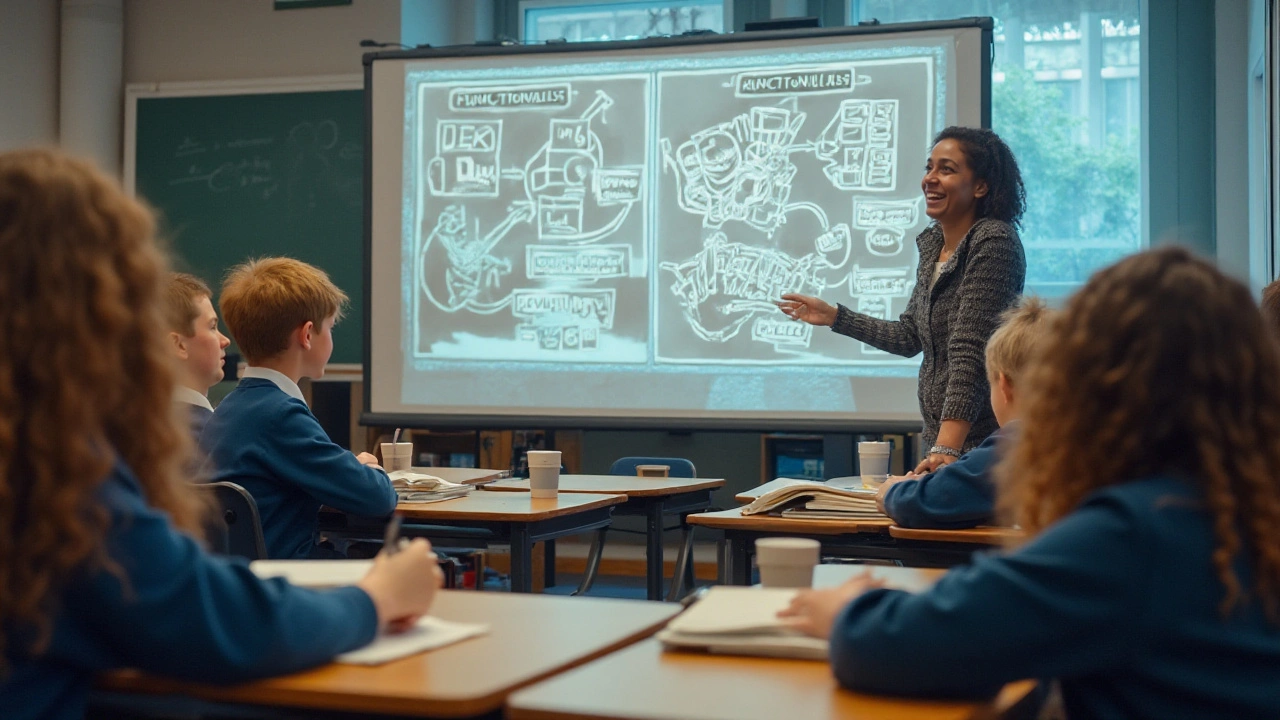Education systems: how design, policy, and daily choices shape learning
Want to know why some classrooms feel energizing while others drag everyone down? Education systems aren’t just about textbooks and tests — they’re systems made of people, places, rules, and design choices. Small changes in any of those parts change how kids learn, how teachers teach, and how communities use schools.
Think of an education system like a machine with visible and invisible parts. Visible parts: buildings, desks, playgrounds. Invisible parts: schedules, assessment methods, community norms. Both matter. A building with lots of daylight and flexible spaces supports hands-on lessons and group work. A rigid schedule and crowded classrooms make that same building work against you.
Design matters: simple, proven changes that help
If you’re a teacher, try shifting one corner into a flexible learning zone — a rug, a low table, and soft lighting can turn a lecture into a workshop. For school leaders, prioritize daylight, good acoustics, and clear circulation for safety and focus. Architects: design classrooms that can change layout in 10 minutes. Use movable storage, writable walls, and acoustic panels. These details cost less than you think and last decades.
Examples that work: Finland’s short school day with focused lessons, Montessori’s mixed-age classrooms, and active learning layouts used in many innovation schools. None are magic, but each shows how policy plus space plus pedagogy reinforce each other.
Practical tips for every role
Teachers: start with one habit — give students two ways to show learning (a short quiz and a quick project). That reduces test pressure and reveals different strengths. Use corners or stations for group work and keep transitions scripted so time isn’t wasted.
School leaders: involve students and teachers in design decisions. A pilot classroom or pop-up can test ideas without big budgets. Track simple metrics: absenteeism, on-time arrivals, and engagement in class — changes here show if a tweak is working.
Parents and students: when touring schools, look for natural light, clear sightlines, and spaces for projects. Ask how the school supports different learning styles, not just test scores.
Architects and planners: design for adaptability and community use. Schools are neighborhood anchors — gyms, libraries, and courtyards that serve both students and residents increase support and funding options.
If you want quick wins: improve acoustics, add daylight where you can, create flexible furniture zones, and rewrite one policy that limits hands-on learning. Those moves link the physical and the policy sides of education systems and make learning more resilient.
Curious about deeper ideas? Explore posts on learning theory, social structures, and design on this site. You’ll find practical examples and design inspiration that tie back to real classrooms and real communities.

Functionalism's Role and Impact on Modern Education Systems
This article delves into the concept of functionalism and how it has shaped and influenced education systems around the world. It covers the basic principles of functionalism, its historical context, key proponents, and real-world applications in modern education. The aim is to provide insightful information that can help educators, students, and policymakers understand the significant role functionalism plays in contemporary education.
Read more